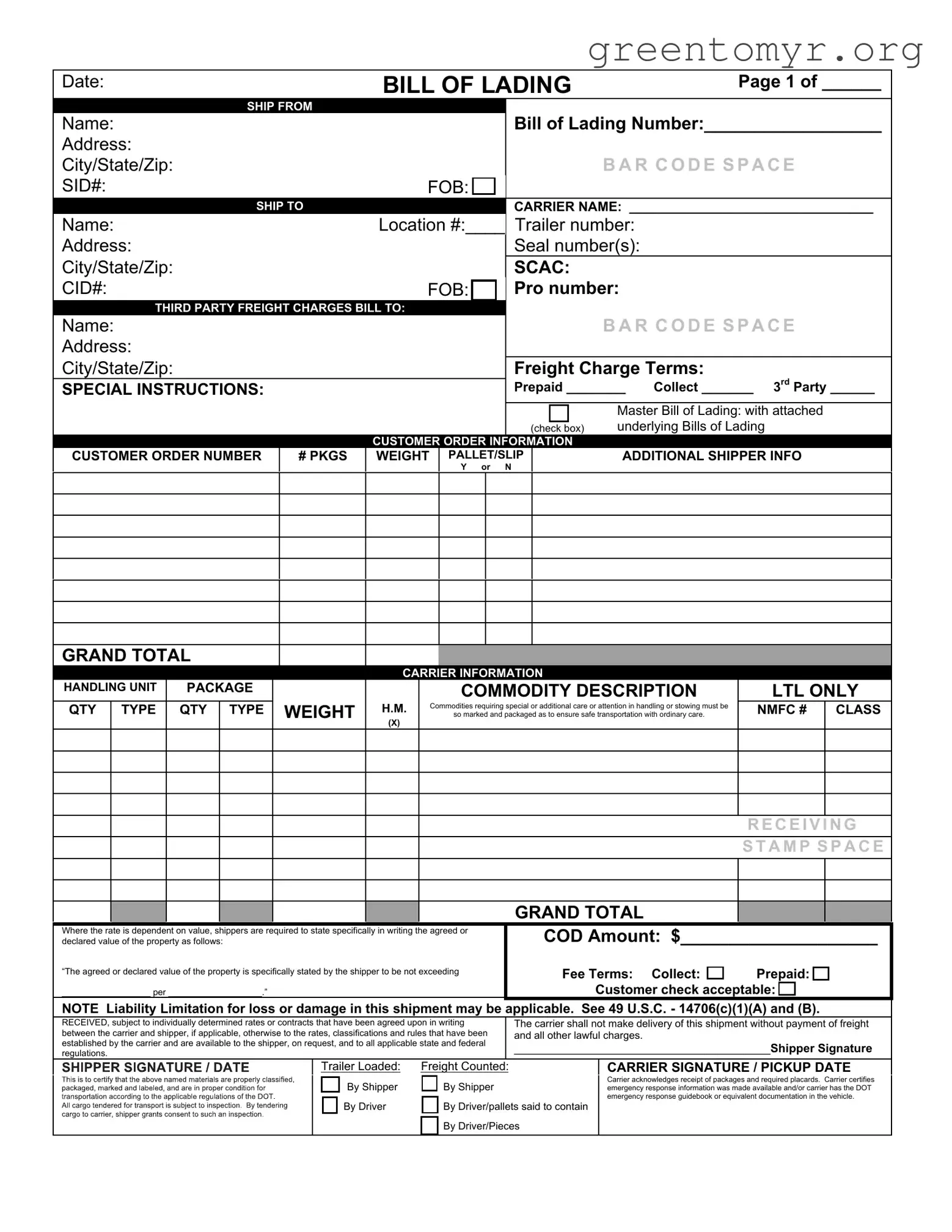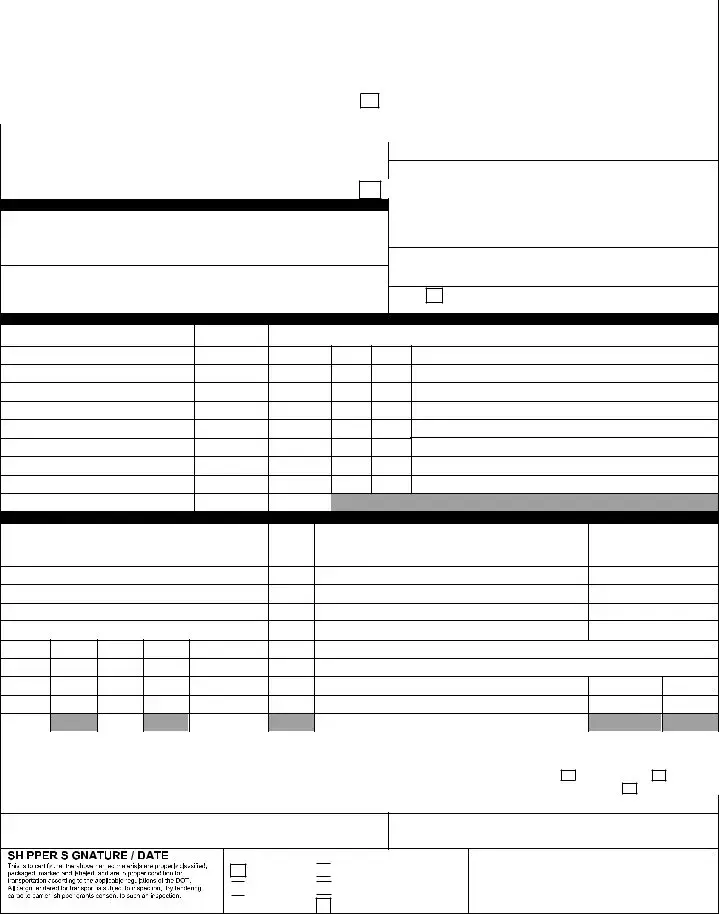What is a Bill of Lading with a Supplement?
A Bill of Lading (BOL) is a legal document that serves as a receipt for goods being shipped. It outlines the type, quantity, and destination of the goods. The Supplement is additional information that may be included to address specific circumstances or requirements, such as special handling instructions or detailed descriptions of the items being shipped.
Who issues the Bill of Lading?
The Bill of Lading is typically issued by the carrier, which could be a shipping company or freight forwarder. Once the carrier receives your goods, they prepare this document to confirm they have received them as agreed.
The Bill of Lading contains key details, including:
-
The names and addresses of the shipper and consignee (recipient).
-
A description of the goods being transported.
-
The quantity and packaging details.
-
The terms and conditions of the shipment.
-
The origin and destination locations.
Why is the Bill of Lading important?
This document serves multiple purposes. It acts as a receipt, a contract between the shipper and the carrier, and a document of title. It helps ensure that everyone involved knows their responsibilities and rights during the shipping process.
What if I lose my Bill of Lading?
Losing a Bill of Lading can create complications. However, you should contact the carrier immediately. They may issue a replacement document or might require you to sign an indemnity agreement to protect them against any potential claims related to the lost document.
Can I amend my Bill of Lading?
Yes, amendments can be made but should be done with caution. Depending on the carrier and the terms agreed upon, you may need to get approval from the carrier for any changes. Always document any amendments to avoid disputes later on.
What is the difference between a straight Bill of Lading and a negotiable Bill of Lading?
A straight Bill of Lading is non-negotiable and is made out to a specific consignee. This means that only the named person can claim the shipment. In contrast, a negotiable Bill of Lading allows the holder to transfer ownership of the goods to another party. This can be done by endorsing the document.
How do I use the Bill of Lading for insurance claims?
If you need to file an insurance claim for goods that were damaged or lost during shipping, the Bill of Lading is critical. Keep this document as proof of what was shipped and its condition. Insurance companies typically require a copy of the Bill of Lading along with other documentation related to the claim.
Incorrect information can lead to significant issues, such as shipment delays, extra fees, or even legal disputes. If you discover an error, notify the carrier immediately to correct the information. It is essential to ensure accuracy to avoid complications that could impact the shipment.
How long should I keep my Bill of Lading?
It is advisable to keep a copy of the Bill of Lading for at least three to seven years. Retaining this document is vital for your records, especially if any disputes arise or if you need to reference it for future transactions.


 to certify that the above named materials are properly classified, packaged, marked and labeled, and are in
to certify that the above named materials are properly classified, packaged, marked and labeled, and are in proper condition for transportation according to the applicable regulations of the DOT.
proper condition for transportation according to the applicable regulations of the DOT.
 By Shipper
By Shipper
 By Driver
By Driver 
 By Driver/pallets said to contain
By Driver/pallets said to contain